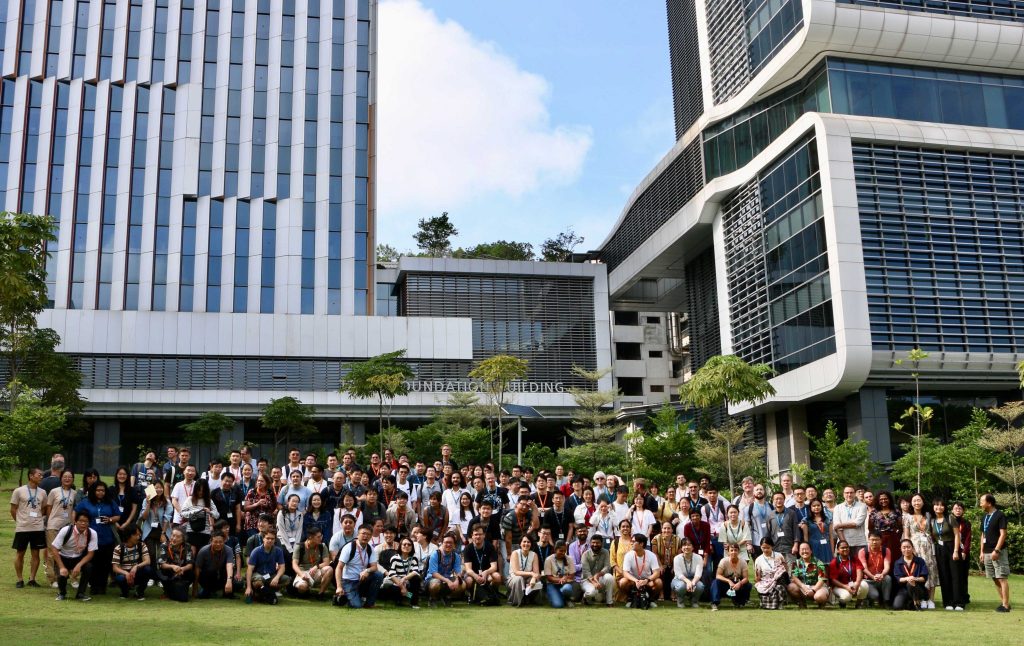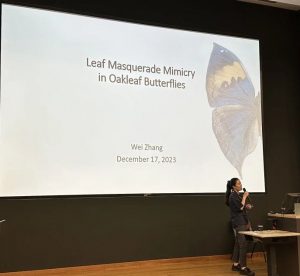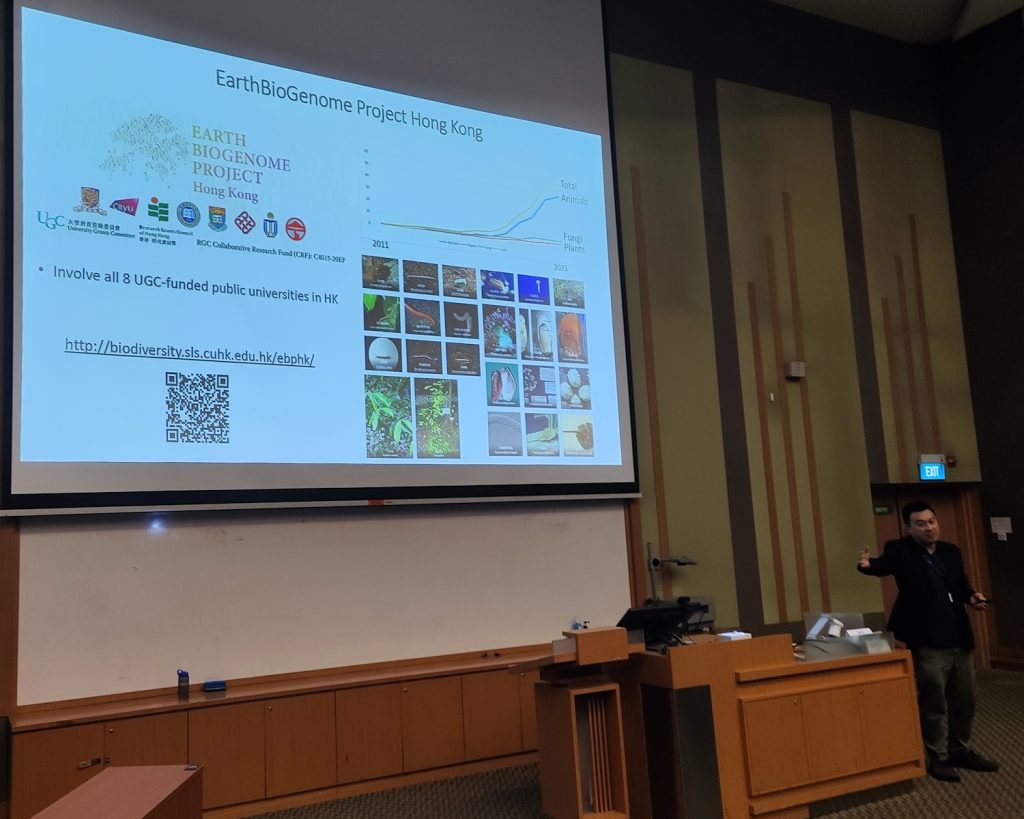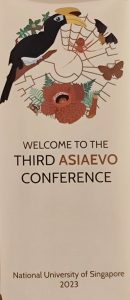Evolutionary Biology goes Asia: the 3rd AsiaEvo Conference

The group photo of most of the participants at AsiaEvo 2023.
In the beginning
GigaScience was at the first AsiaEvo conference, which took place in Shenzhen, China in 2019. Back then, the chair of the first AsiaEvo Conference, Guojie Zhang (longtime friend and board member of GigaScience) said of the history of the AsiaEvo meeting series:
“In 2016, at the European Evo-Devo conference in Uppsala, some researchers from East Asia had an informal discussion about the idea of organizing a biennial international evolutionary research conference located in Asia. The purpose of this conference was;
1) to offer a platform for evolutionary researchers in Asian countries to present and discuss their work in the widest possible context.
2) to facilitate international collaboration on the cross-disciplinary research and education on evolutionary biology in Asia and beyond.
3) to enhance education of evolutionary thinking across the Asian countries.
4) to attract more talented students to join the field of evolutionary study. “
The 3rd AsiaEvo
The third edition of the AsiaEvo conference took place in Singapore Dec 15-18 2023 on the Science Campus of the National University of Singapore (NUS).
137 presentations and 45 posters, over three days in 4 parallel sessions covering topics such as genome architecture, diversity, and modeling through population modeling and environmental impacts on conservation. It included talks on the extant microbes, to the extinct giant early vertebrate marine fossils of Palaeosponddylus. Even the geo-spatial remit of the conference often reached beyond Asia!
A great keynote presentation on each day from some of the leading experts in evo-devo, starting with a fascinating overview of the build-up and loss of genetic diversity in Southeast Asian biota by Frank Rheindt (NUS). Frank demonstrated that by considering the large expeditions of previous great explorers such as Alfred Russel Wallace, with the current understanding of the ocean floors, it is possible to identify islands in Southeast Asia where as yet unknown-to-science species may be found. The theory is that while the sea levels fall during ice ages, the deep sea trenches between islands do not become land bridges, and therefore still often allow endemism of species to occur, i.e. species will evolve only on those islands with no back-crossing within the ancestral species due to the lack of land bridges since the initial formation of the island.
Zhang Wei gave a visually stunning keynote on day 2 about the evolution of mimicry in the Oakleaf Butterflies. Showing that the leaf wing polymorphism is controlled by the wing patterning gene cortex, which has been maintained in the Kallima genus by long-term balancing selection.

Zhang Wei presents a keynote about Oakleaf Butterflies.
The last keynote was given by Guojie Zhang, who gave us his insights on the development and evolution of ants that he has been working on as a hobby in his spare time over the last 10 years!
GigaScience author Jerome Hui (CUHK) presented on myriopod (including centipedes and millipedes) genomes from Hong Kong as well as introduced the great work being done by the Earth Biogenome Project Hong Kong (EBP-HK) to catelogue the species diversity of Hong Kong.

Jerome Hui (CUHK) presenting EBP-HK
Several speakers made reference to the Global Biodiversity Information portal (GBIF) and how it is greatly increasing the volume of diversity data, , (something GigaByte have been promoting in the recent vectors of human disease series that partnered with GBIF and the WHO). However, Alice Hughes (HKU, and a GBIF user and advocate) pointed out these data need to be treated with respect and often require a good deal of caution in their interpretation. One key feature of the data is that 90% of all land data are from within 2 km of a known road, and the vast majority of the marine data are very close to the coast. This means that many of the most diverse regions are probably not being sampled at all. Additionally, citizen scientists will usually only record larger diurnal organisms, meaning many of the small insects as well as most nocturnal species are under-represented.
Additional pitfalls to look out for with many datasets are geopolitical borders, data collection may be easy on one side of a border but near impossible on the other, which can lead to misinterpretation of the data on a global scale, particularly when smoothing algorithms are applied.
Alice also pointed out that there are many different ways to analyse the same data, which can lead to a similar effect as the reasoning behind the famous phrase “lies, damn lies, and statistics” where data can be manipulated by a presenter to enhance their personal agenda.
To sum up
After this the 3rd AsiaEvo meeting in Singapore Guojie had this to say about it:

AsiaEvo conference signpost
“Another successful AsiaEvo conference has brought together many excellent evolutionary researchers from Asia and all over the world. It has covered many interesting topics, representing the recent development of research programs and contributions from researchers from the Asian area on evolutionary fields. I have heard several interesting talks with exciting results, with interesting presentations on the new theoretical thinking on evo-devo, new findings on cell types evolution with the cutting-edge single-cell spatial transcriptome technology, and new idea on morphological evolution from the integration of palaeontology and developmental pattern in modern species. I was also impressed by many bright Ph.D. students and postdoc researchers who expressed strong enthusiasm for evolutionary research and introduced new findings from their studies. Like many others, I am really looking forward to the next AsiaEvo conference in two years.”